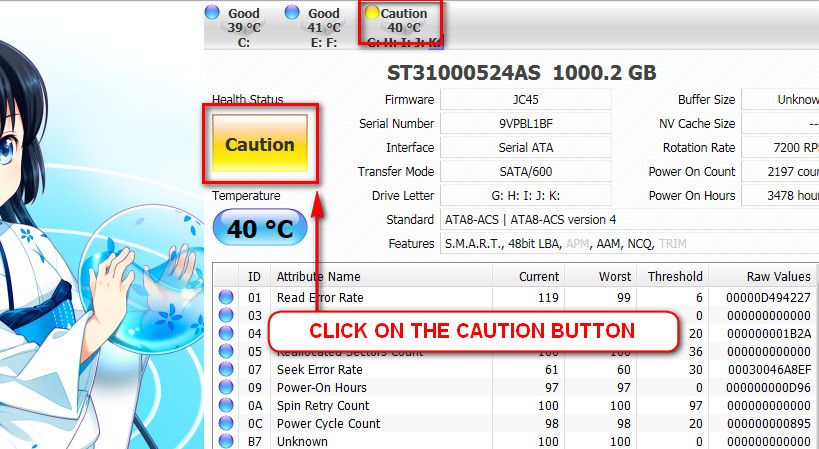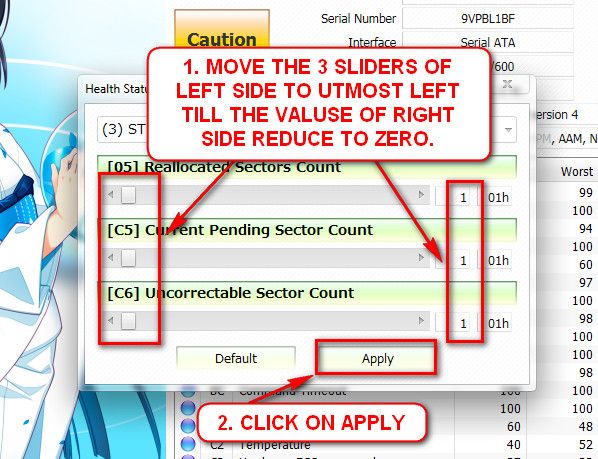New
#1
BSOD Using Python 2.7, error 0x000000f4
Hello sevenforums,
I have been having a BSOD problem on my Asus laptop running Windows 7, processor is core-i5. The BSOD occurs somewhat randomly when attempting to run python scripts using VIDLE for Python 2.7. The problem usually occurs after around 2 - 10 times of running a script, and it does not depend whatsoever on the contents of the script, as I have seen it BSOD while running a completely blank script. The BSOD does not seem to happen during any other activity on the computer (which is mostly using the internet, some other Physics related programs, and some games).
The error code is 0x000000f4, and BlueScreenViewer is telling me that the likely culprits are discache.sys and ntoskrnl.dll. I've attached my SF Diagnostic Tool log.
Any help would be greatly appreciated.
Thanks


 Quote
Quote

